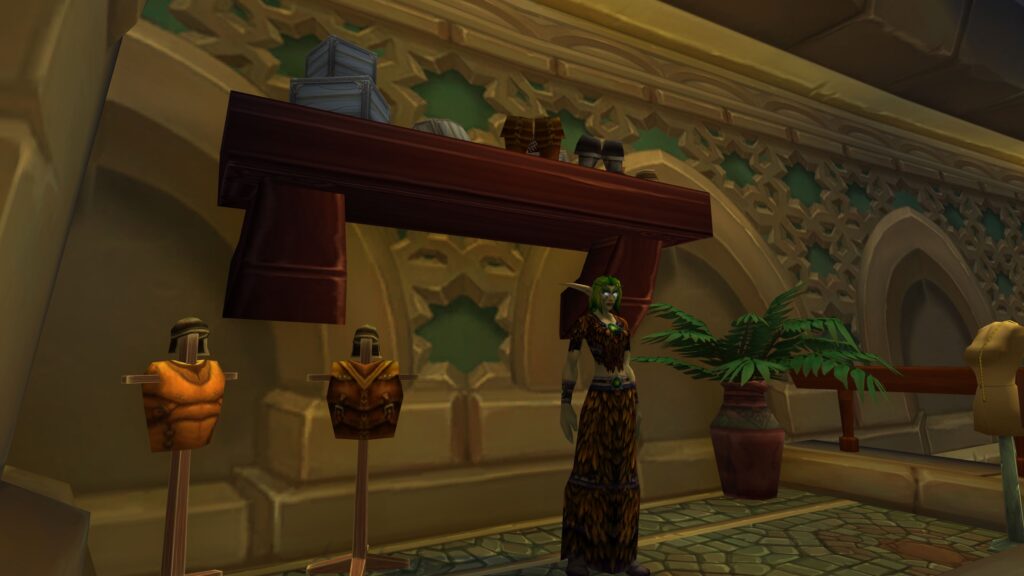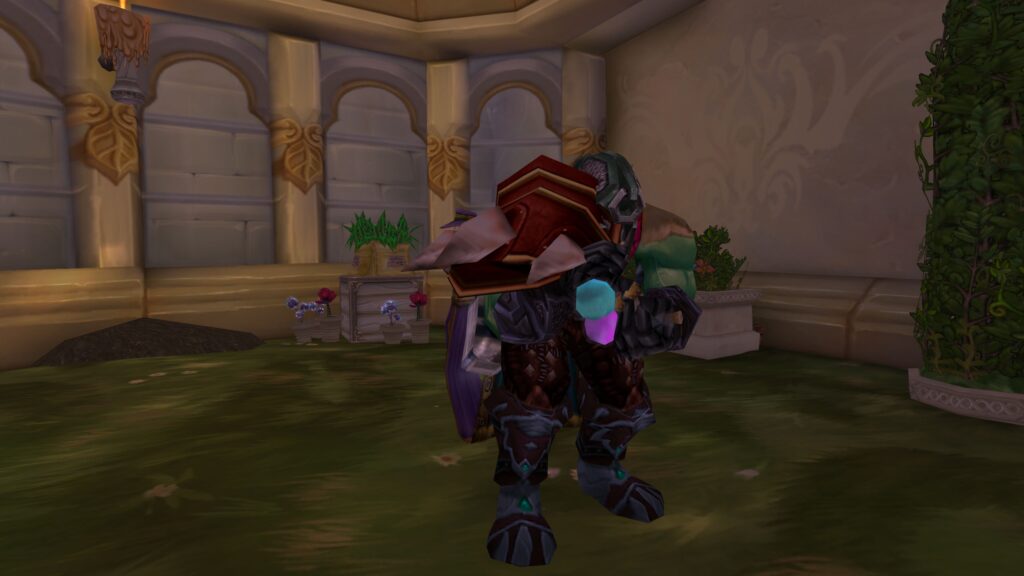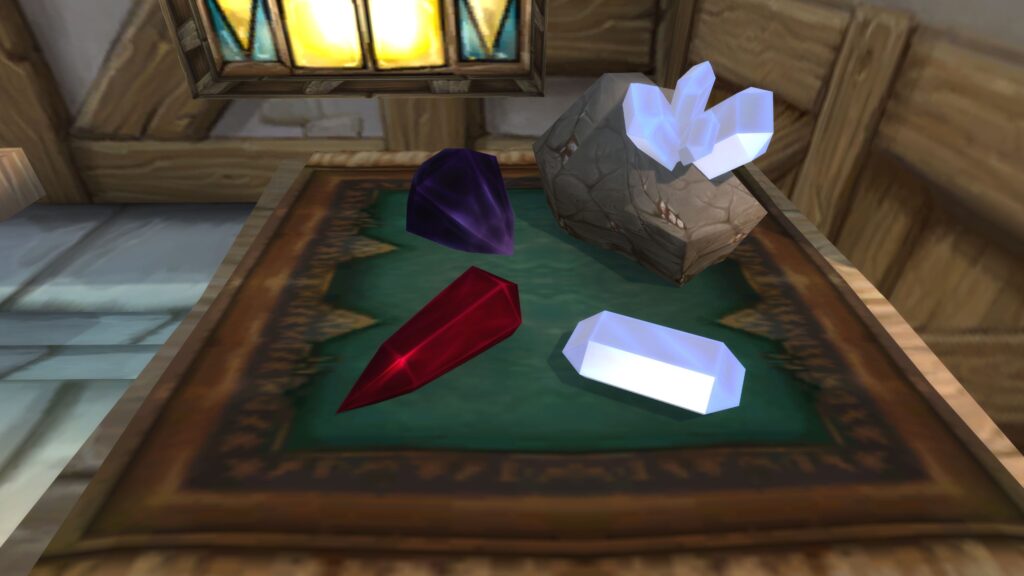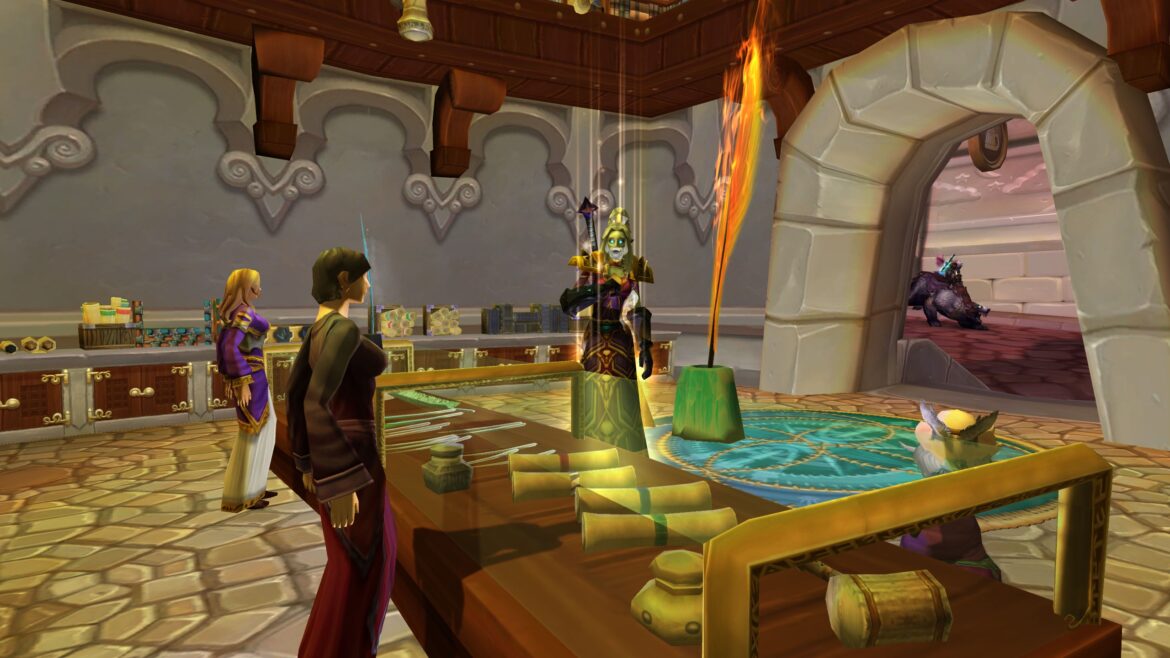Introduction
Gold plays a huge role in World of Warcraft Retail, shaping how players trade, gear up, and enjoy the game’s many systems. From the Auction House to direct trades, the amount of gold a player holds often determines what they can access and how quickly they can progress. Over the years, the economy in Retail has expanded far beyond simple repair bills or small consumables.
Today, gold is tied to rare mounts, high-end crafted gear, cosmetic appearances, and even the WoW Token, which connects gold to real money value. With so many uses, it is no surprise that many players decide to buy WoW gold instead of spending hours farming. This decision does more than just help individual players; it directly affects the trading systems that connect the entire server. The influx of purchased gold changes prices, influences demand, and alters how different groups of players interact with the market. Understanding these impacts is key for anyone who wants to take part in Retail’s trading scene.
The Importance of Gold in Retail Trading
In Retail, gold drives nearly every part of the player economy. The Auction House is the central hub where thousands of items are listed daily, from basic crafting materials to rare pieces of gear or cosmetics. Having more gold means having more options. For example, a player with large amounts of gold can immediately buy expensive mounts, rare pets, or high-end crafted items without needing to farm for weeks.

Professions also rely heavily on gold, since recipes and reagents are often priced high, and players who can afford them gain faster access to competitive gear. Even outside the Auction House, gold is important for direct player trades. Some guilds sell raid carries or Mythic+ runs for gold, giving players another reason to keep a large reserve on hand. All of this means that when players buy WoW gold, they gain a significant advantage in trading, since they can outbid others or quickly buy out listings. This influence pushes the economy in ways that go far beyond the individual buyer, shaping how sellers and casual traders operate.
How Buying Gold Affects the Auction House
The Auction House in Retail reacts strongly to the presence of purchased gold. When more players enter the market with extra buying power, demand for high-cost items rises. This creates inflation, where prices of mounts, rare materials, and consumables climb higher than they would through farming alone. For sellers, this is often good news, as they can list items at higher prices and still find buyers. Farmers also benefit, since raw materials such as herbs, ores, and enchanting dust sell quickly at inflated rates.

However, for casual players who rely on farming small amounts of gold, the effect is less positive. They struggle to afford consumables or crafted gear, as the higher prices drain their limited reserves. Buying WoW gold, therefore, has a ripple effect across the Auction House, shifting the balance of power toward those who can afford to inject large sums of gold into the system. Over time, this dynamic can lead to entire markets being controlled by gold buyers and big traders, leaving casual participants with fewer opportunities. This is why gold buying is not just a personal choice but a factor that influences the entire trading environment.
Winners and Losers in the Retail Economy
The effect of buying WoW gold in Retail creates clear groups of winners and losers in the economy. On the winning side, Auction House traders and dedicated farmers see more profits because demand for their goods grows. For example, when a player who has purchased gold wants to gear up quickly, they are willing to pay premium prices for enchants, consumables, or crafted gear.

This pushes up the value of those items, which directly benefits the sellers. High-volume traders also benefit because they can flip items more aggressively, knowing that buyers with gold will pay inflated rates. On the losing side, casual players who farm small amounts of gold or try to purchase consumables for raiding face higher costs. For them, the Auction House becomes harder to use, since essentials are priced out of reach. Even guilds can feel the impact, as players with less gold struggle to bring consumables to raid nights, while those with extra gold enjoy smoother progression. The overall result is a widening gap between players who buy WoW gold and those who rely on farming, shaping how trading plays out at the endgame.
Example of Winners and Losers
| Group of Players | Impact of Buying Gold |
|---|---|
| Auction House Traders | Strong profits from higher prices |
| Dedicated Farmers | More gold for mats and consumables |
| Gold Buyers | Access to items without farming |
| Casual Players | Struggle with inflated prices |
| Guild Raiders | Mixed: some benefit, others lose out |
WoW Token vs. Third-Party Gold Buying
One of the unique features in Retail is the WoW Token, which allows players to legally purchase gold through Blizzard. The Token connects real money to in-game gold, giving a safe option compared to third-party sellers. However, many players still prefer outside markets because Token prices fluctuate heavily and can be more expensive depending on supply and demand. Buying WoW gold from third-party sellers often comes at a lower cost, with faster delivery, but it also carries higher risks.

Tokens, by contrast, guarantee safety but do not protect players from inflation since gold purchased this way still affects the Auction House economy. This split creates two main types of buyers: those who value safety and those who value affordability. Regardless of the method, both increase the total amount of gold in circulation, which raises demand for rare items, mounts, and consumables. Understanding this difference is important because it shows why the Auction House continues to inflate, even when some gold enters the market through official means rather than third-party services.
Risks of Buying WoW Gold in Retail
While buy WoW gold can make endgame life easier, there are always risks to consider. Third-party sellers can sometimes fail to deliver, leading to lost money and wasted time. Even worse, unsafe sellers may use stolen accounts or illegal farming methods, which can result in penalties or suspensions for the buyer. Blizzard monitors suspicious trades, and accounts caught receiving gold from unsafe sources may be flagged. Delivery methods also matter—face-to-face trades, in-game mail, or Auction House tricks each carry different risks. On the other hand, buying through the WoW Token eliminates these problems but comes at the cost of higher prices. This trade-off between safety and affordability is one of the biggest challenges players face when deciding how to buy WoW gold. For players who choose third-party sellers, careful research is necessary to reduce risks. For those who choose Tokens, patience and timing can help lower the price since Token values shift daily. Either way, risks are always present, and every player must weigh them before making a decision.
Quick Tips for Safer Gold Buying
- Use established sellers with positive reviews.
- Avoid trades that look suspiciously cheap.
- Choose fast delivery methods to limit delays.
- Consider the WoW Token for guaranteed safety.
- Keep track of Token price trends for better value.

